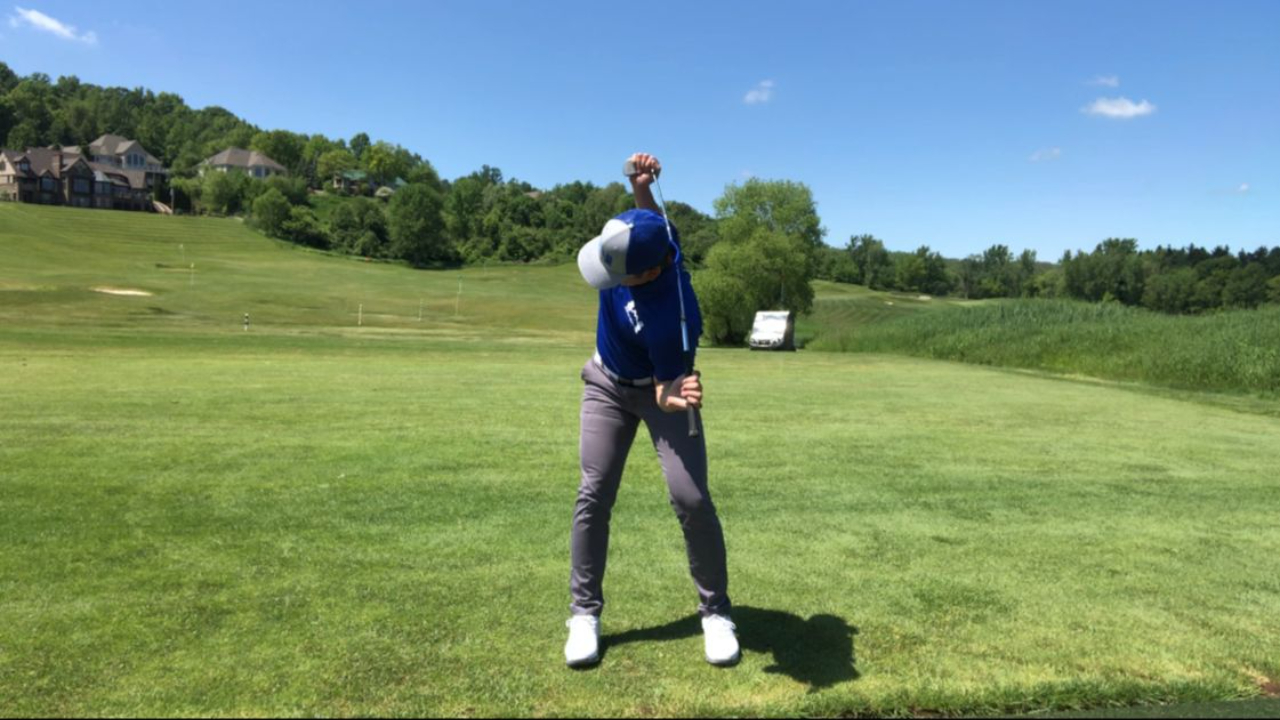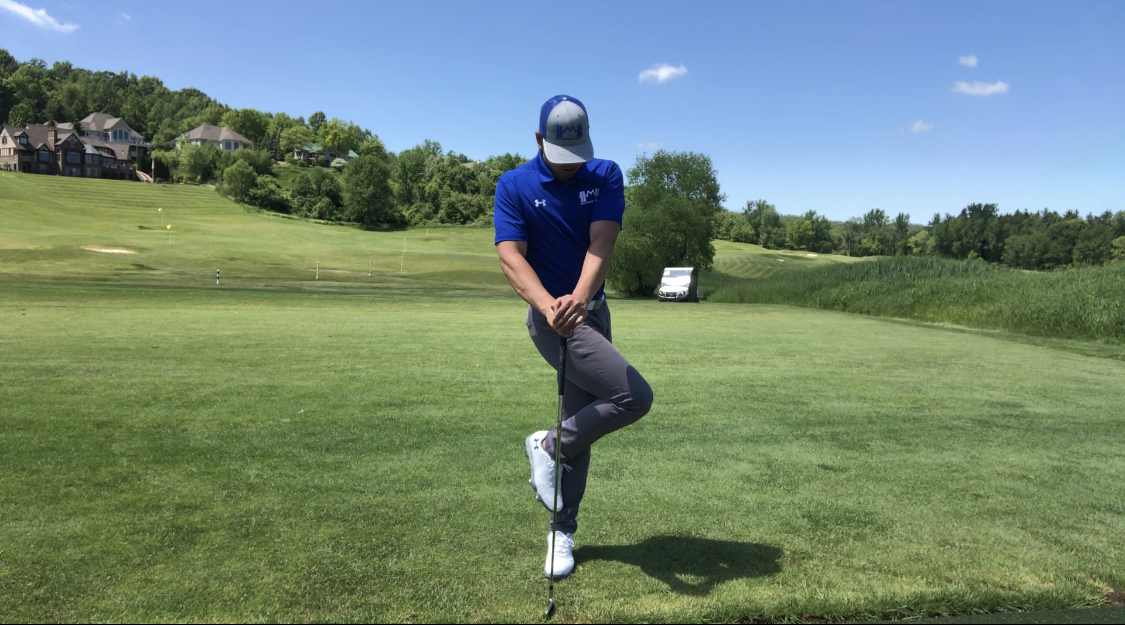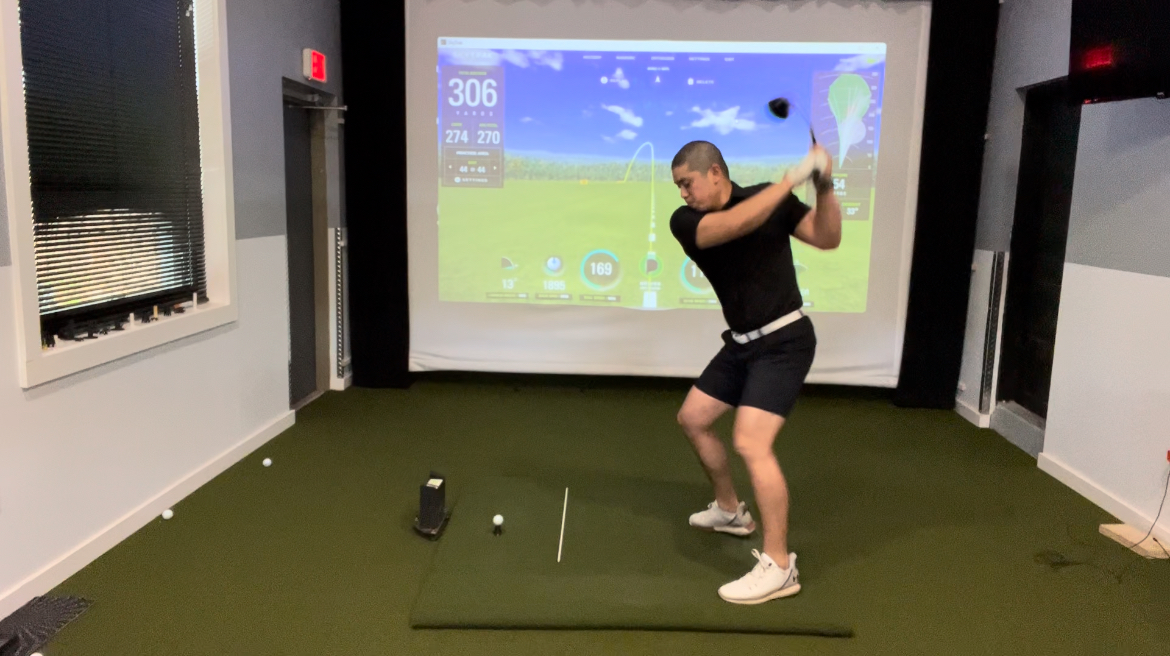
Why Improving Mobility Alone Won’t Change Your Golf Game
Nov 25, 2025
Mobility is just potential range, not usable range
Mobility gives you access to positions.
Your swing needs you to control and time those positions at full speed.
Think of it like owning a bigger garage. Cool — you can park two cars now. But that doesn’t mean you suddenly know how to drive a racecar.
A golfer might unlock:
-
more hip internal rotation
-
better thoracic rotation
-
improved ankle dorsiflexion
…but if they can’t stabilize those joints when swinging at 90–110 mph, the brain won’t “spend” that new range. It will default to the movement pattern it trusts.
Mobility without control is like giving your body a bigger playground but no rules for how to play in it.
The golf swing is a skill, not a stretch
Your golf swing is a learned motor program. It’s not a flexibility test.
When you swing, your nervous system pulls from habits stamped in through thousands of reps. Those habits don’t disappear because you stretched for a few weeks. The body tends to protect familiarity over possibility.
So even if your hips rotate better in a controlled environment, your system may still choose the “old way” during the swing because:
-
it feels safer
-
it’s more automatic
-
it requires less processing
Mobility doesn’t overwrite software. It just upgrades hardware.
You can’t express new mobility if your sequencing is off
Let’s say your thoracic spine rotates better now. Great.
But if your downswing sequencing still goes:
upper body fires first → pelvis stalls → arms flip
…your new T-spine rotation won’t show up in the ball flight. It gets lost in the chaos.
Mobility only expresses itself when it fits into your movement timing. The swing is a chain reaction. If one link fires early, late, or not at all, your body will compensate somewhere else — usually in the exact place that already has a bad habit.
That’s why some golfers gain mobility and actually get worse temporarily. They now have more range to compensate with.
Strength and stability are the “bridge” to using mobility
Here’s a simple rule:
If you can’t own it slowly, you won’t use it fast.
New range has to be “earned” through:
-
isometric control (can you hold the position?)
-
eccentric strength (can you decelerate into it?)
-
dynamic stability (can you keep it under speed?)
Example:
You unlock hip internal rotation. Awesome.
But if your lateral hip and core can’t control that position, your pelvis will slide or early extend to avoid it in the swing.
Mobility is the door. Strength/stability is walking through it.
Your body might not need your new mobility for your current swing
This part is sneaky.
If you’ve built a swing that works around your limitations, your body has no reason to change unless you actively retrain the pattern.
Example patterns that don’t “require” much mobility:
-
early extension
-
overswinging with arms
-
spinning out without shifting pressure
-
lead knee collapsing
-
trail heel popping early
You can become more mobile, but if your swing doesn’t ask for that mobility, it won’t show up. Mobility doesn’t force better mechanics. It just makes better mechanics possible.

So what actually makes mobility translate into swing changes?
You need integration. Here’s the progression I use with golfers:
1. Gain the mobility
Open the door.
2. Stabilize it
Own the positions with strength and control.
3. Integrate it into golf-specific patterns
Teach your nervous system to use the range with a club in your hands.
This step is where most people miss.
Integration looks like:
-
slow-motion reps emphasizing new positions
-
guided drills that “require” that range
-
constraint-based practice (where your body has to solve the problem differently)
-
coached feedback so your brain trusts the new pattern
You don’t just get more mobile.
You learn to swing differently with that mobility.

The short version
Improving mobility is valuable — it raises your ceiling.
But it doesn’t automatically lift your swing.
Because the swing depends on:
-
control, not just range
-
sequencing, not just flexibility
-
nervous system habits, not just joints
-
stability and strength, not just openness
-
integration, not just isolated mobility drills
So if you’ve been doing mobility work and waiting for it to magically show up on the course, don’t quit. You’re not wasting time — you’re just missing the final step.
Unlock the range.
Own the range.
Then teach your swing to use it.
That’s when mobility stops being something you have…
and becomes something you can play golf with.
Questions about how we can help?
Leave us your questions below and we will respond ASAP!
We hate SPAM. We will never sell your information, for any reason.


